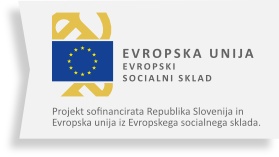Visual explorer
Aim
Introductory activity that helps participants to explore themselves creatively while showing the importance of powerful questions and presenting a bonding opportunity that invites participants to open up to each other.
It can even be used to introduce people’s views on a specific topic.
Description
TARGET GROUP
Young people (15 – 29 years). It can even be used when working with adults.
TIME NEEDED
Minimum 45 minutes, but 1,5 hours is recommended for in-depth work.
IMPLEMENTATION
Step 1 (4 min): We place pictures in the middle of the circle. The participants must choose an image that “calls them,” or we choose a theme and ask them to choose a picture that depicts that topic. They must keep the photo to themself and not show it to others.
Step 2 (3 min): We show participants a picture with different questions (either we project it or give a printed version). We ask them to choose 1-2 questions.
Step 3 (3 min): We divide the participants into smaller groups of 3 and a maximum of 4 participants. We use whichever method we prefer or ask them to divide themselves.
Step 4 (20 min): The groups now have 20 minutes to share the selected questions and must answer them – but every participant must answer from their perspective, describing their picture (which they still must not show to others).
SHORT BREAK if needed.
Step 5 (5 min): Participants get paper and pens. We ask them to individually write a list of personal wishes (minimum five and up to 10 wishes), which were stimulated/awakened by the selected picture from the previous step and the debates they had in groups.
Step 6 (10 min): When finished, participants share (at least 5) written wishes with each other, and the other participants try to guess which picture they chose at the beginning of the exercise.
Step 7 (5 min): At the end, everyone shows their chosen pictures and debates if they reflect the wish list they shared.
LIST OF MATERIALS
- Paper,
- pencils,
- pictures,
- questions (approximately 24 deep and intriguing questions).

